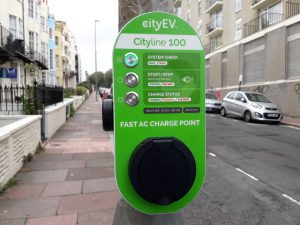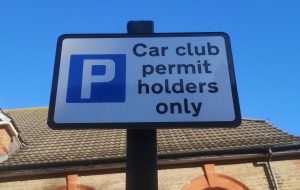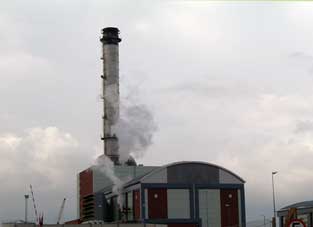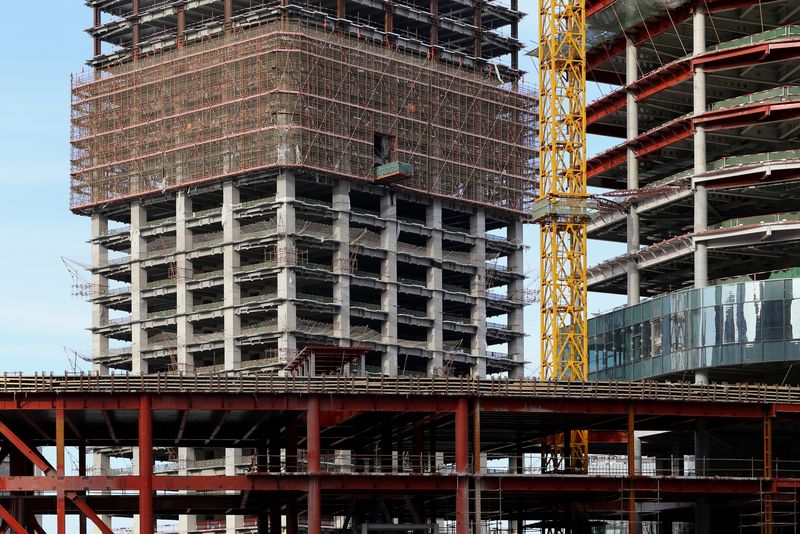Air Quality Mitigation / Emissions Mitigation Statements
15-11-2019
Last updated 13-05-2024
What is an ‘Air Quality Mitigation Statement’ and why are they needed?
It is increasingly common for local authorities across the UK to require air quality strategies and management within planning applications.
This is being requested even when it has been demonstrated that a proposed development will not have a significant adverse impact on local air quality, and / or is not located within an existing area of poor air quality.
Local authorities are using a variety of terms to describe this requirement for air quality mitigation, including:
- Low Emission Strategy;
- Air Quality Mitigation Statement;
- Emission Statement; or
- Air Quality and Emissions Mitigation Statement.
The intended purpose of requesting these mitigation statements is to ensure that developments adequately offset any local emissions and contribute to improving air quality generally. If all developers reduce emissions where possible, then the cumulative result will see incremental improvements in local and national air quality and can help to protect human health.
Several local authorities have produced their own air quality mitigation supplementary planning documents (SPDs), and more are likely to follow. The SPDs tend to focus on measures to reduce emissions from road transport, as this is widely acknowledged as the primary reason for pollution hotspots across the UK, and for the declaration of most Air Quality Management Areas (AQMAs). However, from our experience, the SPDs can also set requirements for minimising the impact of construction activity, including dust emissions and standards for Non-Road Mobile Machinery (NRMM), and for low NOx gas-fired boilers.
Sensitive Ecology
Air quality mitigation is also increasingly being required where developments are proposed in the vicinity of sites of ecological importance, such as Sites of Special Scientific Interest (SSSI) and European designated sites, such as Special Areas of Conservation (SAC) and Special Protection Areas (SPAs). Examples of locations where air quality effects on ecology have been a significant planning concern, and where mitigation has been required, include the Ashdown Forest SPA/SAC/SSSI and the Epping Forest SAC/SPA.
How is the requirement for mitigation determined?
In some instances, local authorities require developments to be classified in order to determine the requirement for mitigation. While terminology varies, typical classifications are ‘Minor’, ‘Medium’ or ‘Major’, where the classification depends on certain threshold criteria being met, as set by the local authority. Common threshold criteria include the size of the development (linked to its land-use class), scheme-generated traffic and proximity to AQMAs.
Some local authorities also request a ‘damage cost’ or ‘exposure cost’ to be calculated, which seeks to monetise the value of potential adverse health impacts from traffic emissions as a result of a proposed development. Emissions are calculated using Defra’s Emissions Factor Toolkit (EFT), and the subsequent health cost is then determined by following national guidance from Defra to calculate an indicative value for mitigation measures to offset any adverse impacts.
In many cases mitigation may be designed into a scheme, such as through electric vehicle charge points, support for active travel and green infrastructure, for example, and the appropriate package of measures should be agreed with the local authority. Appropriate mitigation can be proposed to accompany an outline planning application or can be determined to support a detailed planning application.

Examples of Mitigation Options
Some common examples of air quality mitigation measures are provided below:
Residential developments:
- Electric vehicle charge points (1 charge point per dwelling with dedicated parking, or 1 charge point per 10 spaces of unallocated parking)
- Travel Plan to encourage modal shift to walking/cycling/public transport
- Support for Car Clubs / designated parking spaces for low emission vehicles
- Low NOX boilers
- Support for local cycling (e.g. storage, links to cycle path networks)
- Green Infrastructure / planting

Commercial developments:
- Electric vehicle charge points (10% of parking spaces to be provided with charge points, which may be phased with an initial 5% provision)
- Set high European Emission Standards for vehicle fleet operations
- Eco Driver training
- Public transport subsidies for employees
- Support for renewable energy

Air Quality and Emissions Mitigation Support
Phlorum has demonstrable experience of producing air quality mitigation statements / low emission strategies for developments of all sizes and types across the UK. We have successfully supported our clients to offset their emissions following policy and guidance from:
- Warwick District Council Guidance
- Northampton Borough Council (Low Emission Strategy)
- Sussex Low Emission Guidance
- Lancaster City Council Guidance
- The Black Country Supplementary Planning Guidance
- Kent and Medway Air Quality Partnership
- Natural England guidance on Ashdown Forest and Epping Forest
If you would like to know more about air quality assessments, air quality monitoring, mitigation, damage costs and how we can assist you with developing your strategy or plan, please do not hesitate to contact our air quality consultants. We would be very happy to help.



